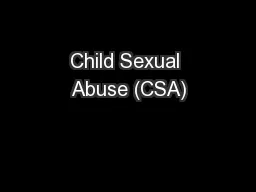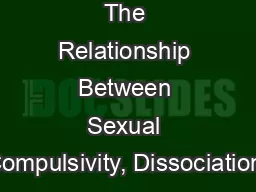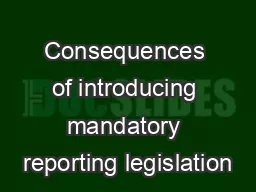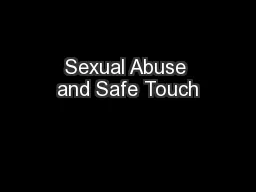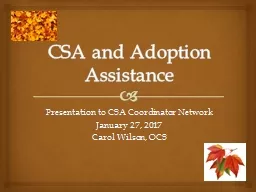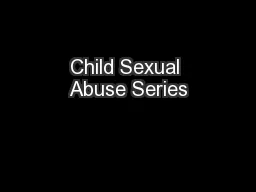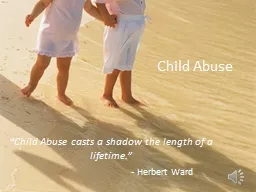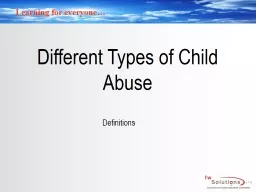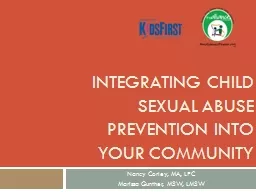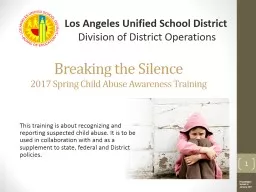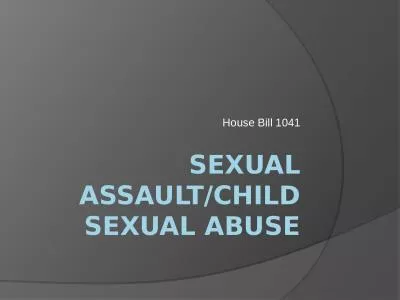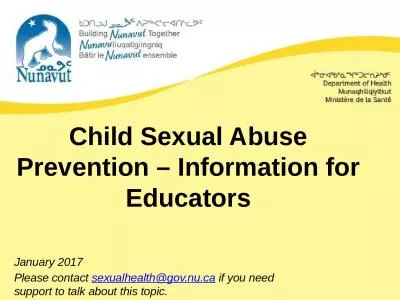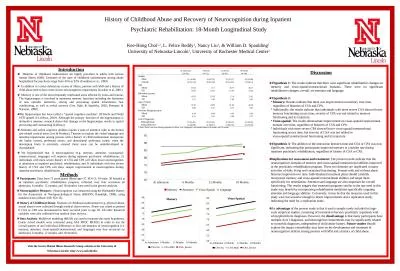PPT-Child Sexual Abuse (CSA)
Author : jane-oiler | Published Date : 2017-11-07
Nihan Osmanağaoğlu Samantha Tyler amp Christine Wang Presented on April 1 st 2013 Florida State University Presentation Overview What is child sexual abuse
Presentation Embed Code
Download Presentation
Download Presentation The PPT/PDF document "Child Sexual Abuse (CSA)" is the property of its rightful owner. Permission is granted to download and print the materials on this website for personal, non-commercial use only, and to display it on your personal computer provided you do not modify the materials and that you retain all copyright notices contained in the materials. By downloading content from our website, you accept the terms of this agreement.
Child Sexual Abuse (CSA): Transcript
Download Rules Of Document
"Child Sexual Abuse (CSA)"The content belongs to its owner. You may download and print it for personal use, without modification, and keep all copyright notices. By downloading, you agree to these terms.
Related Documents

